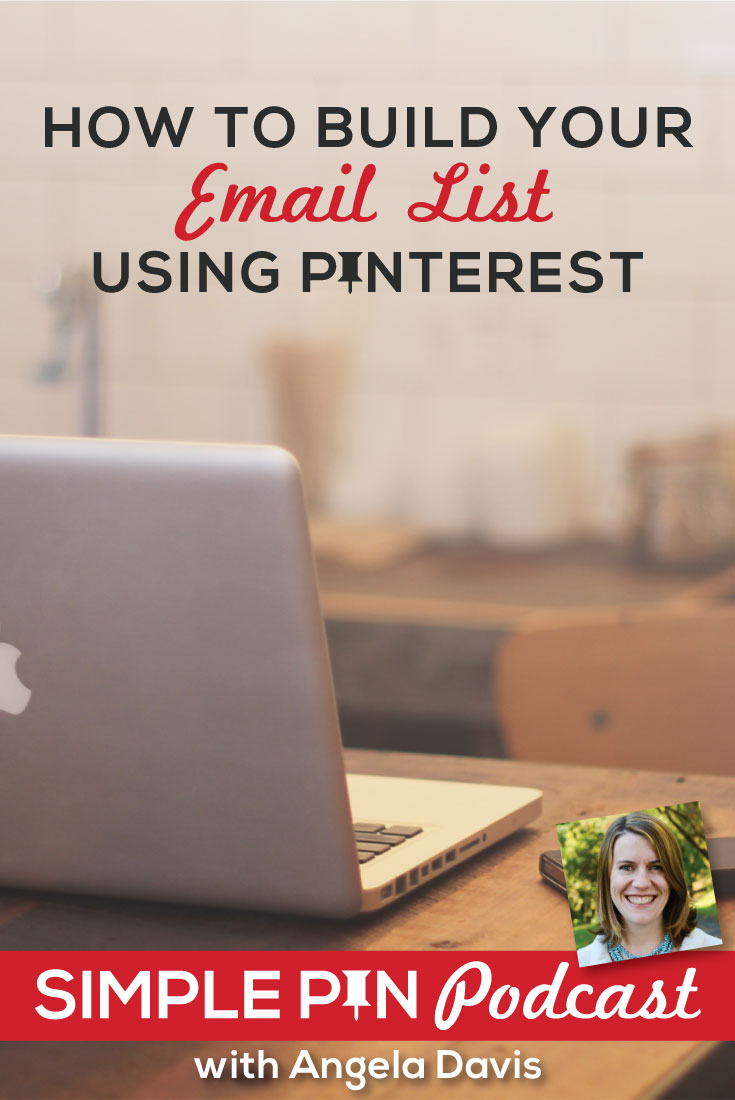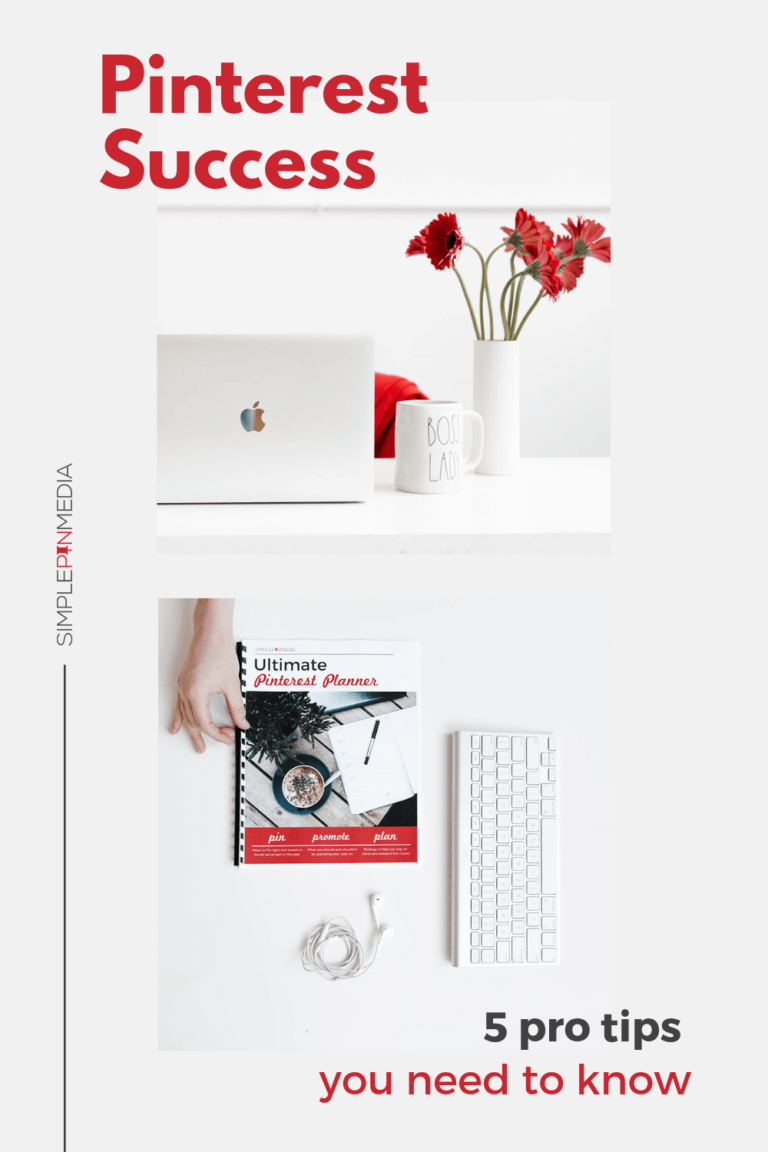In today’s episode, I’m chatting with Lena Gott about leveraging Pinterest SEO and Google SEO to increase traffic to your site.
If you’re new to Pinterest and Google, don’t worry. This episode will give you a general idea of what SEO and keywording are. This is how people find you and your products. Lena is sharing some awesome tips on how to use the new Pinterest Trends tool as well.
If you are looking for free Pinterest resources, we have tons. Check out our Simple Pin Pinterest Planner and our Resource page. We also have an image guide that will help you create the best Pinterest images. We’ll talk about this more in today’s episode!

Introducing Lena of What Mommy Does
Lena and I have crossed paths at blogging conferences many times. It seems like we always see things eye-to-eye on all things marketing and trends.
Lena has been blogging for over a decade at What Mommy Does. Her blog is a parenting lifestyle blog, where she writes about meal planning, parenting toddlers, working from home, etc.
Lena also runs Adventures in Blogging, where she teaches other bloggers how to grow their blog using the methods that have been successful for her over the years.
Although Lena started blogging in 2008, she didn’t start using Pinterest for marketing her blog until 2015. She played around with the platform when it was launched in 2010, but was confused as to how to use Pinterest for business.
Creating Pinterest images was a big hurdle for Lena. That is something that was very scary for me as well. But eventually, Lena learned to create great pins through practicing and testing. After a long process, she was able to reach a point where she now loves creating images.
(If you are someone who struggles with creating images, check out our Image Guide or reach out to learn more about our Pin Design services).
The Role Pinterest Plays in Your Marketing Strategy
We’re a month out from Pinterest giving us an algorithm update, and one of the things they’ve mentioned as being really important is fresh images.
Lena doesn’t have the time to constantly be creating new images.
She is more interested in making sure she is creating content that answers the question the Pinterest user is asking. As long as she has great content that answers those questions, she will continue to show up in the search results.
Related: Using Analytics as a Content Creation Tool
You have to think through what role you want Pinterest to play in your marketing strategy and how much effort and time you can devote to it. If you have limited time, you can’t focus all of it on creating new images for Pinterest.
Utilizing Pinterest SEO and Google SEO for Traffic
Lena has focused much of her teaching on how Google and Pinterest SEO can work together.
Back when Lena started blogging, Google SEO was all she knew. Once Lena started to use Pinterest, she knew that she needed to understand the algorithm. Even though some aspects of the algorithm favored recency and relevancy, Lena knew that there were evergreen topics that would perform well long-term.
She loves implementing SEO strategies on both platforms because (even though they look different) the same principles apply. You can do all your keyword research in one session and apply your findings on each platform in a complimentary way.
Because Pinterest SEO tends to generate results that are more immediate than Google SEO, you can receive a quick initial traffic boost and then experience a secondary boost in traffic from Google later down the road. When you implement both Pinterest SEO and Google SEO tactics, you’re able to “double-dip” with each post and receive traffic from both platforms.
Keep in mind that SEO-optimized images (as well as posts and pages) can generate traffic from Google.
Your images can show in the image tab of Google. A pin or board can even rank on Google. Optimizing for both Google and Pinterest SEO is very minimal extra work and it helps you to be seen on both platforms with long-term traffic benefits.
Getting Indexed for Google and Pinterest Search
Lena has spent a lot of time on the Pinterest engineering blog. The Pinterest engineers try to assign data points – like how often your pin is being pinned, by who, and to what boards they are being pinned.
They look for all these “clues” about your pin, as well as how people react to it to inform them as to what topic your pin is associated with. With all of this data in hand, they rank your pin on the platform. Google then pulls this data to formulate the most relevant search results on their platform.
Here’s a great example of how it all works:
Lena has a pin titled “How to Get Your Stinky House to Smell Like a Spa.”
Pinterest shows this pin to people who are interested in cleaning hacks and household hacks, with lots of keywords involving “spa” and “house smells.”
When someone searches on Google for anything related to making your house smell nice, Pinterest recommends the pin because it’s directly related to the search. Google pulls the image from the blog post as well.
Why You Should Niche Down on Your Posts
When it comes to being indexed on Pinterest, the one thing most people are missing is that they’re afraid to niche down. They are afraid this will mean fewer people will be interested in what they have to say.
When you dilute the message of what you’re putting out there, you confuse the platform.
The more intentional you are, the better. It’s better to get all 1,000 people searching for a very specific topic to come to your blog than to go for a topic that you’re only sort-of niched for in hopes that you’ll get more traffic.
It’s better to hone down the image and the wording you use to exactly who and what your image is for. Always be more specific and direct. You want someone to automatically know that your content answers their question and that they should click on your pin.
Related: Small Niche Marketing on Pinterest
Using Google Search for Keyword Research
Searching for the right phrases and keywords to use on Google? Lena believes that the best way to do this is to simply use Google as a normal person. If you want to know how much competition you have on a topic or what else has been written, go to Google and search on the topic to see what pops up.
Don’t duplicate what others have done. Be creative with how you present your content.
Google will give you all the information you could possibly need in order to know what kind of content you should be creating. You can see related searches and even look at the image tab for related adjectives.
This process will give you ideas on how to niche down and be even more specific with your content-writing. This, in turn, will help you get qualified leads.
Remember: traffic doesn’t pay your bills, sales do.
Using Pinterest Trends as a Pinterest SEO Tool
Lena is super excited about Pinterest Trends. So far, the only downfall is that it’s currently only available in the United States. But if you aren’t in the States, you can still access it using a VPN. (We have an entire episode about Pinterest trends that you can go check out if you haven’t yet).
The Pinterest Trends Tool doesn’t have detail on every single micro-keyword you can imagine. It operates like a search bar and it will give you a drop-down list as you search.
Lena doesn’t have time to write all the time. When she does have the time to write, she wants to make sure she’s writing the right thing. She uses Pinterest Trends to know which phrases are better than others (e.g., “oatmeal chocolate chip cookie recipe” versus “double chocolate chip cookie recipe”).
You can put multiple phrases into the tool and it will tell you which is more popular and what time of year they are most popular. Pinterest Trends give you quick answers on what’s best to write about.
Lena also uses Pinterest Trends to help her to figure out when to publish new content, especially if it’s seasonal. The graphs on Pinterest Trends shows exactly when trends begin to peak and when you should publish your content.
Having access to the data provided by Pinterest Trends provides comfort when your traffic drops because you’ll know it’s just a reflection of trend peaks and valleys.

This post contains affiliate links, which means if you make a purchase through these links, I may receive a small commission at no extra cost to you. Click here to read my full disclosure policy.
Google and Pinterest are our top two sources of traffic here at SPM.
Utilizing the analytics information from both Pinterest and Google enables us to know exactly what we need to do without any sort of emotion attached to it.
—
Lena has so many great tools for her students.
Two that she recommends are Traffic Blast 2020, where you will receive lessons on how to boost your traffic, and a free trial of her Adventures in SEO course. You’ll get a few select lessons to help you learn a simple repinning strategy, keep your traffic going on popular pins, and more!
For Further Listening/Reading:








One Comment